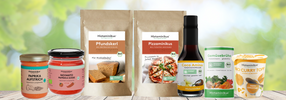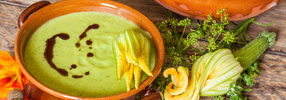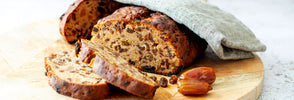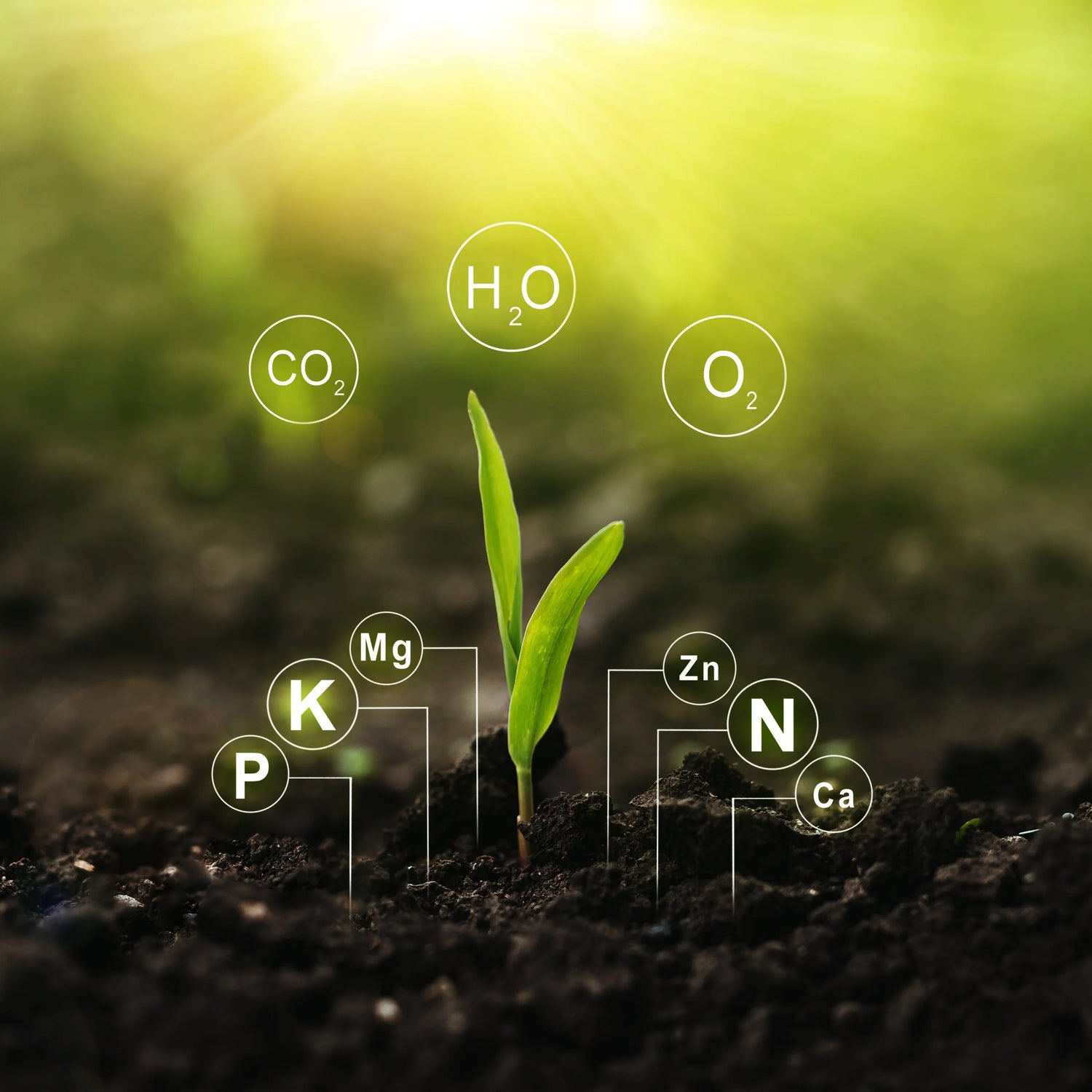
Basic nutrient supply in the case of histamine intolerance
As those affected by histamine intolerance, you put a lot of effort into your diet. Because you know exactly what food your go’s and no-go’s are. Dadurch, dass Du auf frische Lebensmittel achtest, viel Gemüse und histaminarmes Obst zu Dir nimmst, ernährst Du Dich vielleicht sogar gesünder als Deine Mitmenschen ohne HIT. Certain vitamins, plant substances and minerals and can help lower histamine levels in your body. If you take them regularly, you can have a positive impact on your symptoms.
Vitamin C: The HIT MUST-HAVE
Vitamin C is a strong antioxidant that the body cannot produce itself. Although there are always enough fruit and vegetables at our disposal, more people have a vitamin C deficiency than you think. For you as a hit person, there is a special feature: if the vitamin C mirror falls in the blood, increases histamine. Conversely, the supply of around 1000mg vitamin C per day - in combination of food supplements and food - leads to a drop in histamine levels. It should be noted that you should not take the total amount of vitamin C all at once, otherwise your body will simply leave the majority. With three times a day 200 mg of vitamin C as a nutritional supplement you are on the right side. Please note that you take up a buffered version of the ascorbic acid, for example as a calcium ascorbate. The mineral vitamin compounds are better tolerated for people with histamine intolerance. It is different if you get vitamin C as an infusion. Then it gets directly into the blood and thus to the desired location of the event. Higher doses can be added here. A small cure with some infusions is particularly helpful if you suffer from severe complaints and especially if you have a mast cell activation syndrome.
Calcium: the regulating force
While vitamin C control the histamine level, calcium reduces the release of histamine. Therefore, calcium is an important mineral for you. Calcium regulates the histamine release within the cell. Outside the cell, calcium seals the vessel walls and thus contributes to the fact that no large amounts of histamine can cross into the tissue. The effect is of great advantage for you: it reduces rashes, itching and quaddling. If calcium is substituted in the long term, a daily dose between 400 and 800mg is advisable that are covered throughout the day.
Magnesium: a problem in the lack of
Did you know that magnesium deficiency leads to an increased distribution of histamine in the body? Magnesium is an underestimated mineral, often you only think of the muscle function. But many people have a shortage of it. If it is very large, it can even help to trigger histamine intolerance. And magnesium is necessary for the function of the diamino oxidase. In the case of diseases of the intestine such as Crohn's disease and irritable bowel syndrome, magnesium cannot be absorbed by food. Age can also play a role: over the years, magnesium intake is more difficult. Medicine intake can also cause magnesium to be excreted over the urine. This can be, for example, in gastric acid inhibitors, ACE inhibitors, diuretics and laxatives. In the event of stress and allergic reactions, we have an increased need. In addition to calcium, magnesium is another essential micronutrient for you. Please make sure that you avoid the citrate, because for HIT they are more difficult to tolerate than carbonate, oxalate or malate.
Quercetin: antihistamine from fruit bowls
Quercetin occurs in fruit and vegetables, especially in the shells of apples, blueberries, red grapes and also in buckwheat. It is a secondary plant substance and belongs to the group of polyphenols. You can say that quercetin is a natural antihistamine that may even be superior to the cromoglycinsic acid. Quercetin has a lot of positive effects in the body: it stimulates the immune system, has an anti-viral, antioxidant and anti-inflammatory. It is also used for sports injuries and pain. It is particularly interesting for you that Quercetin is a vitamin C amplifier. So you have a double benefit: the better use of vitamin C and the effect as an antihistamine in one. The dosage that you can best benefit from is between 200 and 400mg per day.
Copper: A trace of it for Dao
In the body, copper is there, among other things, to promote the synthesis of the diamino oxidase. It is one of the so-called co-factors. It is a trace element that are mainly contained in offal, fishing and crustaceans. If you mainly eat vegetable, then nuts, chocolate and legumes should be mentioned. Unfortunately, these are rather problematic alternatives for you. Chronic diarrhea and bowel diseases can lead to a higher need for copper. Copper and zinc influence each other. A copper mirror that is too high can lead to a (even) greater zinc deficiency. Conversely, a zinc excess can inhibit the copper absorption. Therapists have repeatedly told us that the findings of the micronutrient analyzes in those affected with HIT were often seen.
Zinc: Support for the DAO
Zink inhibits the release of histamine and supports the DAO in its way. A lack of zinc can affect the functionality of the immune system, the risk of allergic reactions can increase. Zinc supports the immune system in its normal function and protects the cells from oxidative stress.
Vitamin B 6: Often there is a deficiency
In studies and in practice, it was found that many affected people have histamine intolerance, a vitamin B6 deficiency. Some sources state that vitamin B6 is required for the synthesis of the enzyme dao and is involved in the breakdown process of histamine. If there is not enough vitamin B6, the DAO cannot become sufficiently active. Vitamin B6 also contributes to the normal function of the nervous system. It contributes to the regulation of hormone activity and reduces tiredness and fatigue.
Micronutrients
As for the micronutrients in general, it is advisable to have a micronutrient analysis done once a year. Ideally with a alternative practitioner or doctor who is familiar with histamine intolerance.
Histamine intolerance is very different depending on people and the situation. You may not react to fresh beef meat and at one time very well. Simply because the supply chain took a little longer. These things are often not fully controllable. For you this means: try again and again. Precisely because histamine intolerance is so individual, good basic supply with vitamin C, calcium, magnesium, quercetin and copper is important.
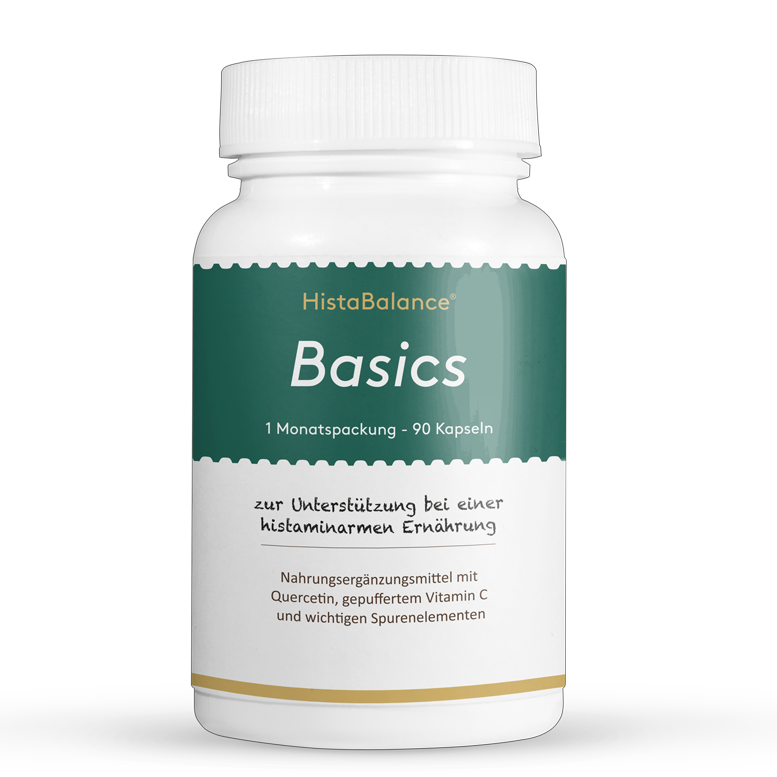
Histaminikus
Basics
4.89 / 5.0
(28) 28 total reviews
Share
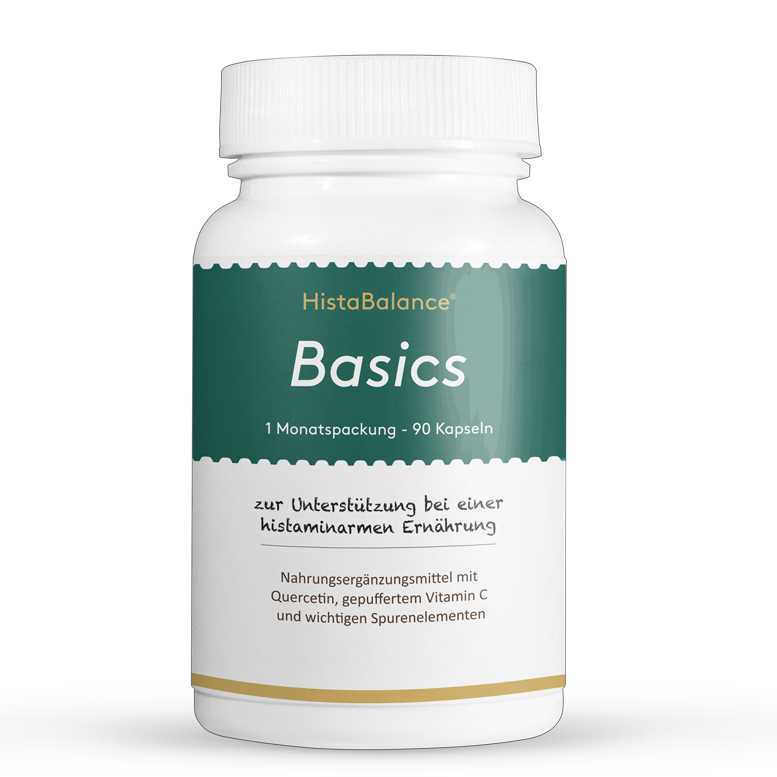
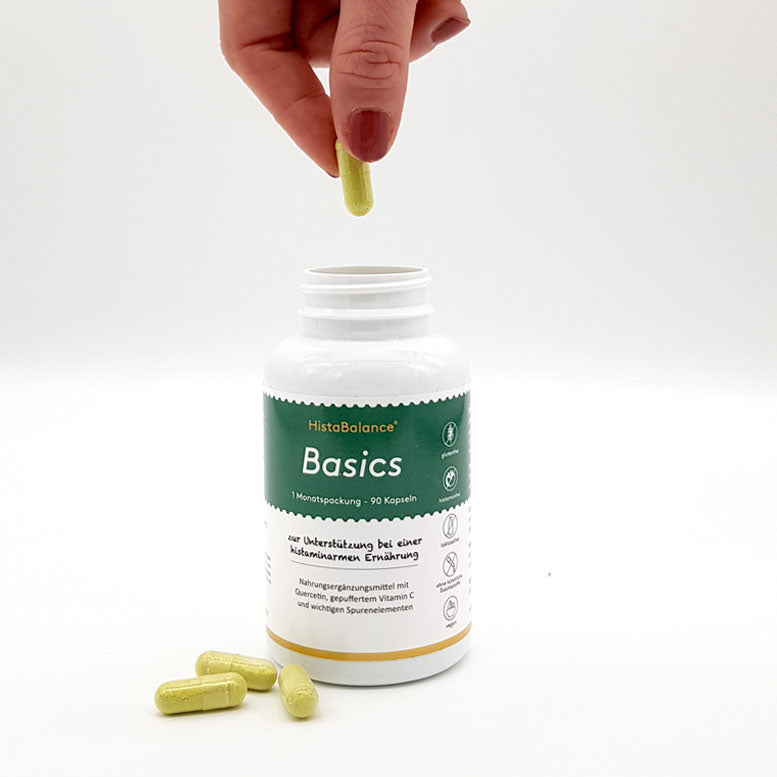
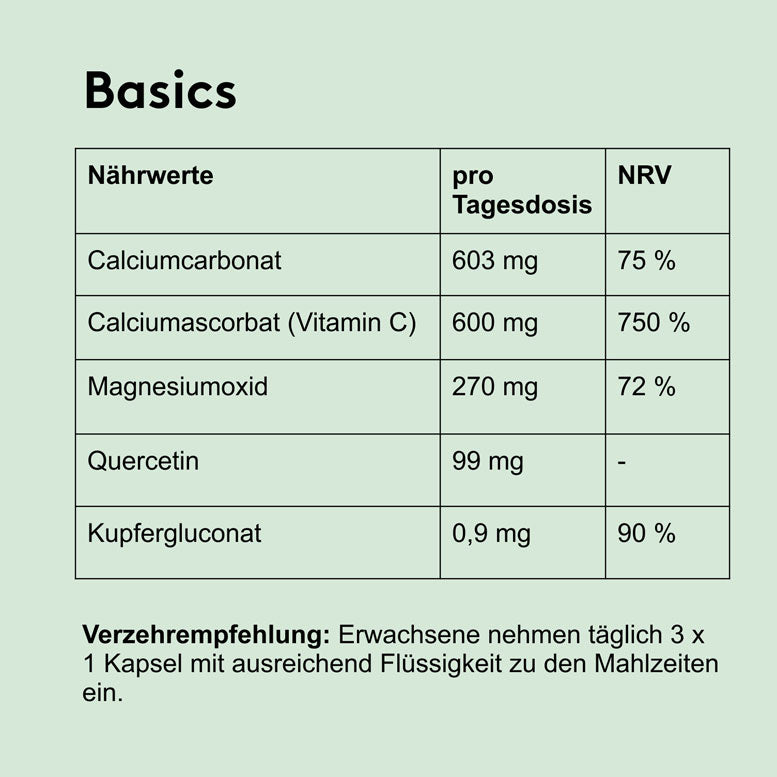

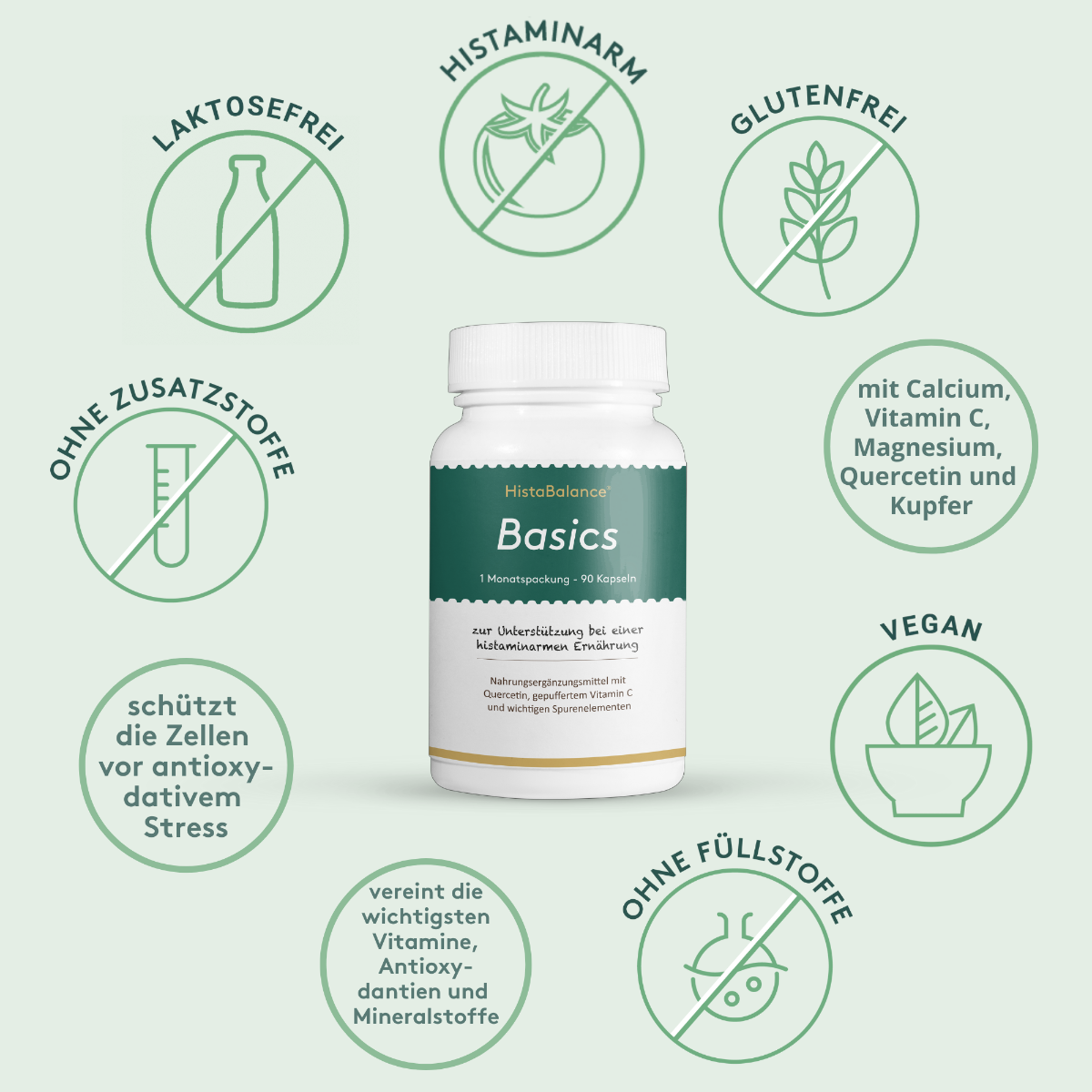
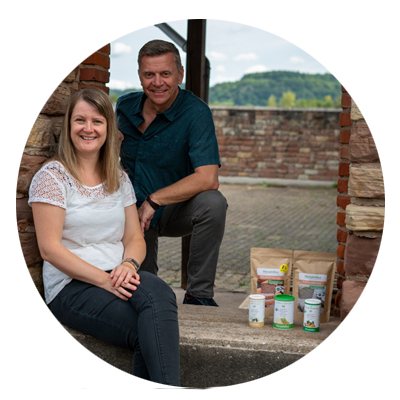
From those affected for those affected
We are Thomas and Michaela Zinser, founder of Histaminikus.
Because of the own histamine intolerance of Michaela and our son, we founded Histaminikus. The frustration does not find any suitable histamine food has spurred us to develop low -histamine food.
We would like to give you back a piece of quality of life. Feel free to look around with us.
Kind regards
Thomas and Michaela

